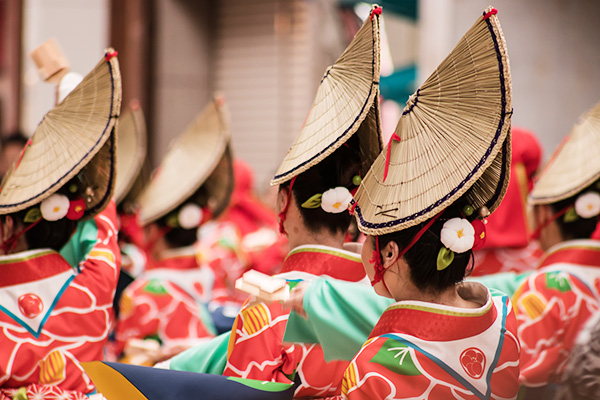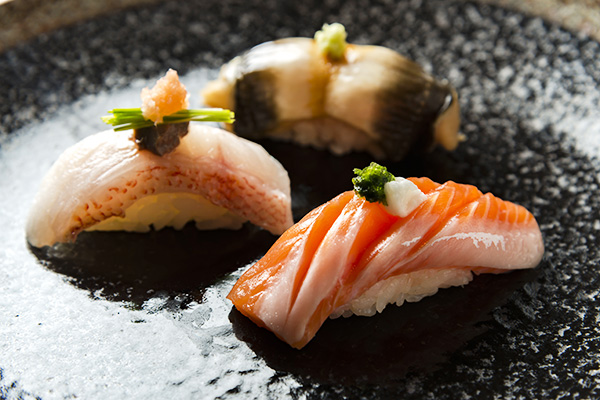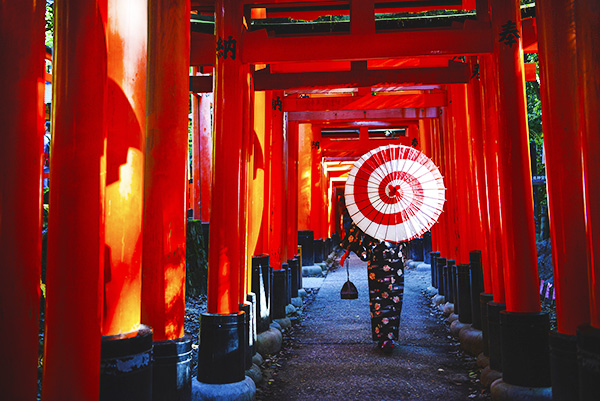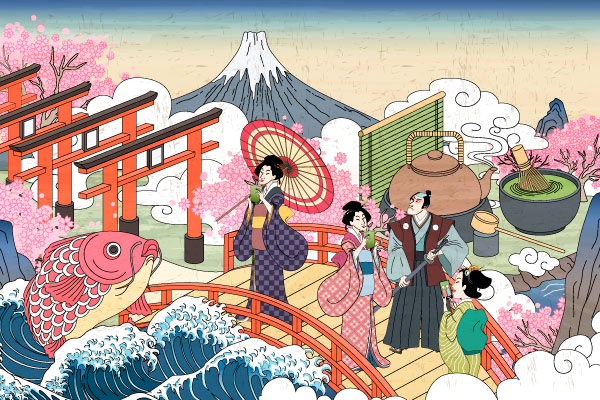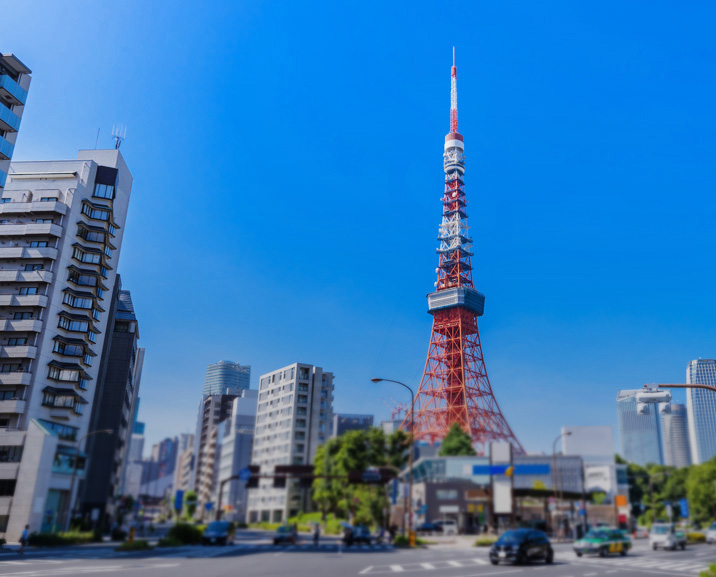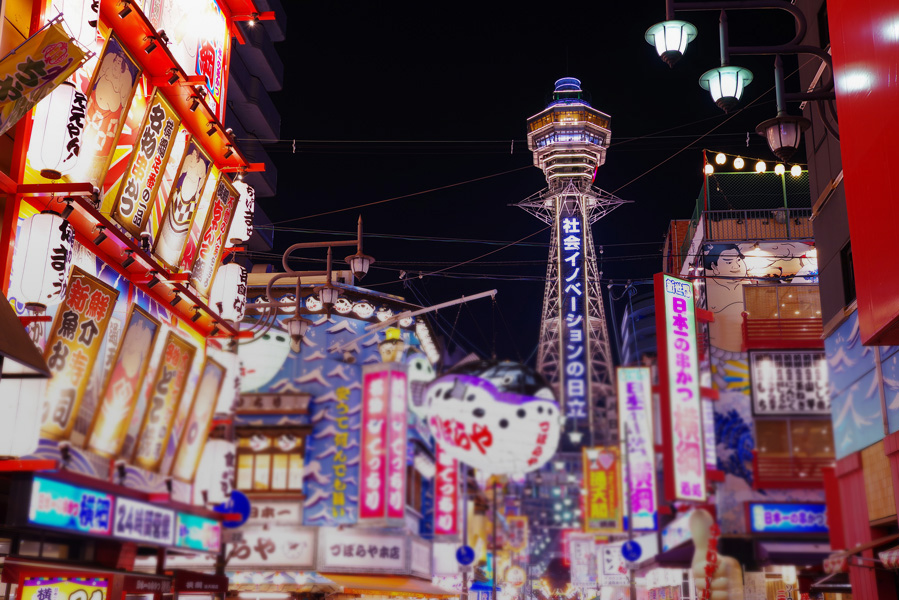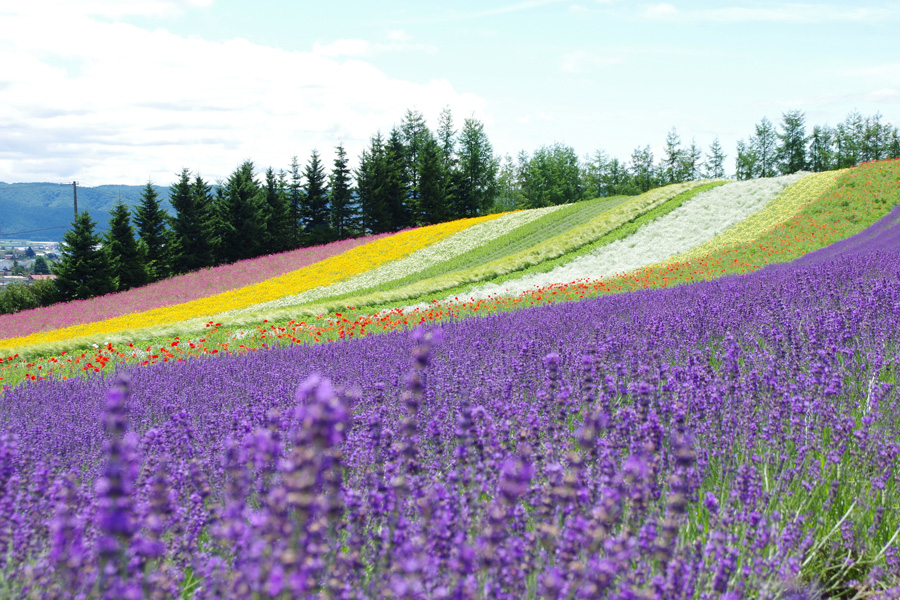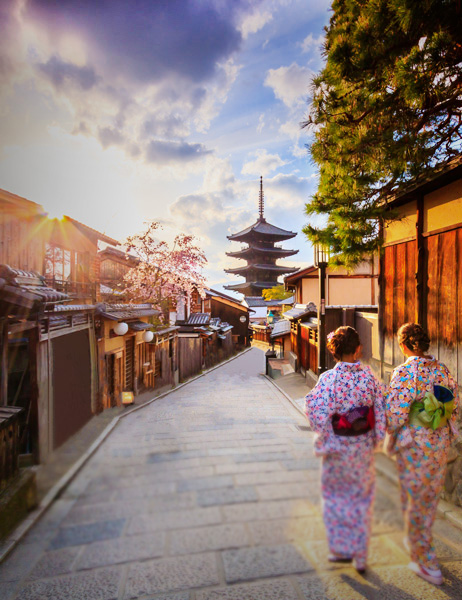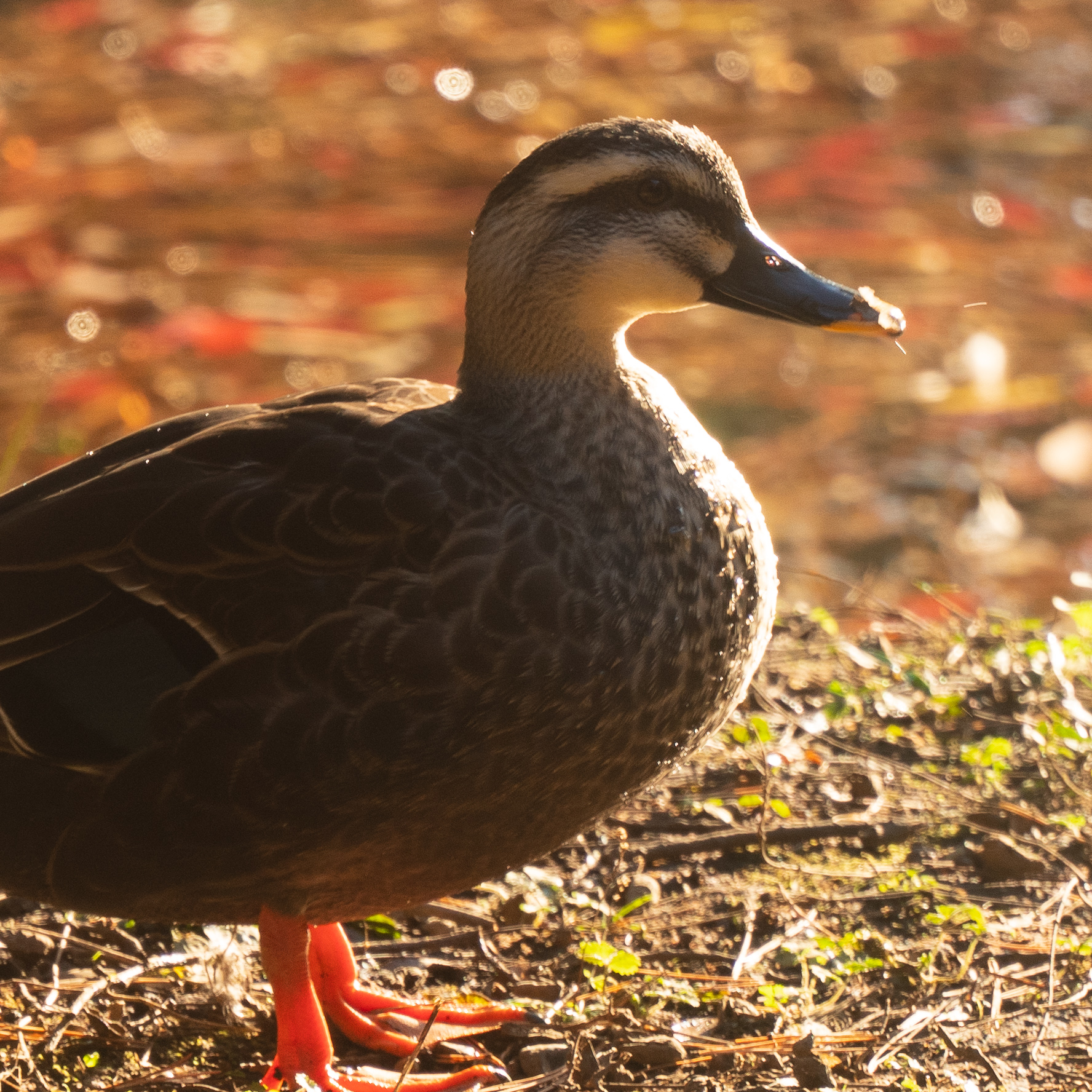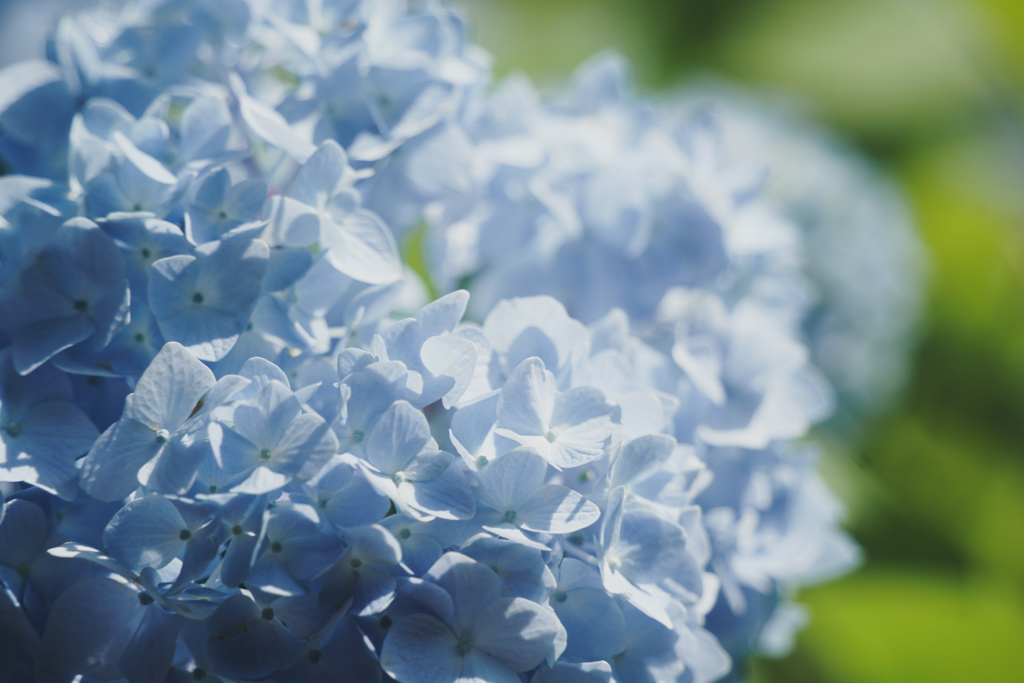
Kanagawa
Hydrangea Temple wrapped in a gentle and gentle blue color – Kita Kamakura “Meigetsuin”
Meigetsuin is where the ancient Japanese hydrangea “Princess Hydrangea” is planted. A blue hydrangea welcomes you from the front entrance. It is called “Meigetsuin Blue” because the color of the hydrangea planted in the precincts is almost blue.
Meigetsuin was founded in 1160 by Keitsu, a child of Toshimichi, as a memorial service for the Bodhisattva of Toshimichi Yamauchi, a military commander of this land who died in the Heiji rebellion. Hydrangea began to be planted after the war, and the number gradually increased, and now about 2,500 plants are planted.


Hydrangea is also beautiful, but bright blue maple is also beautiful.
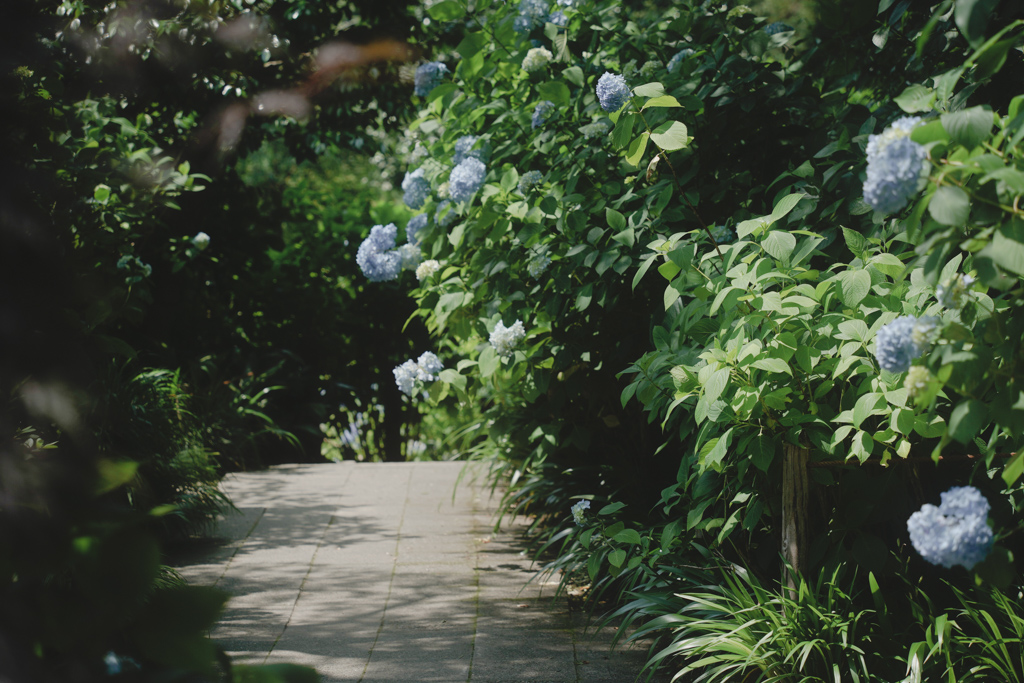
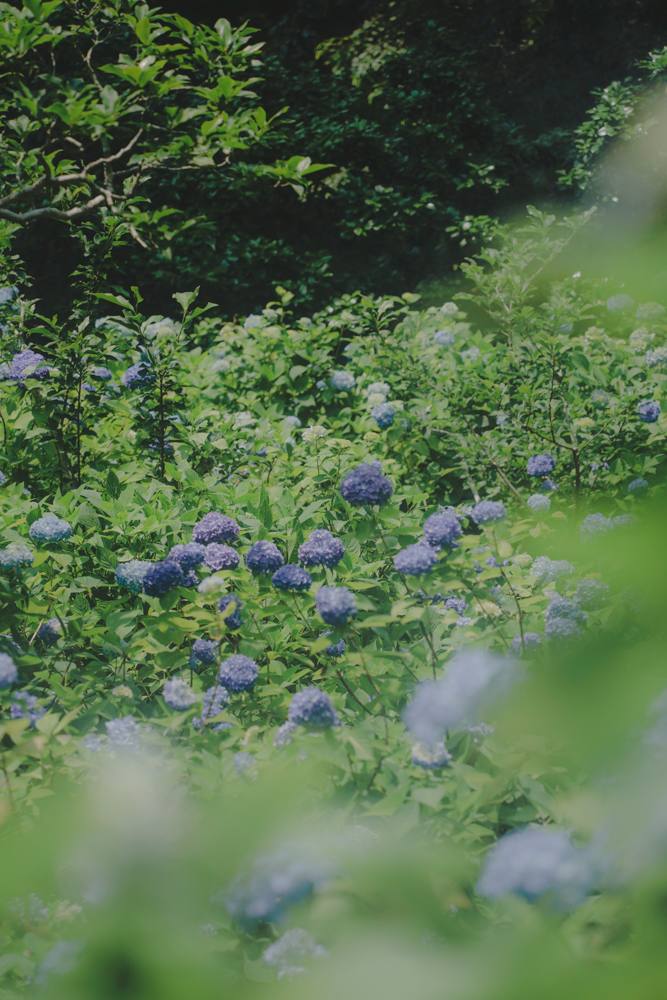
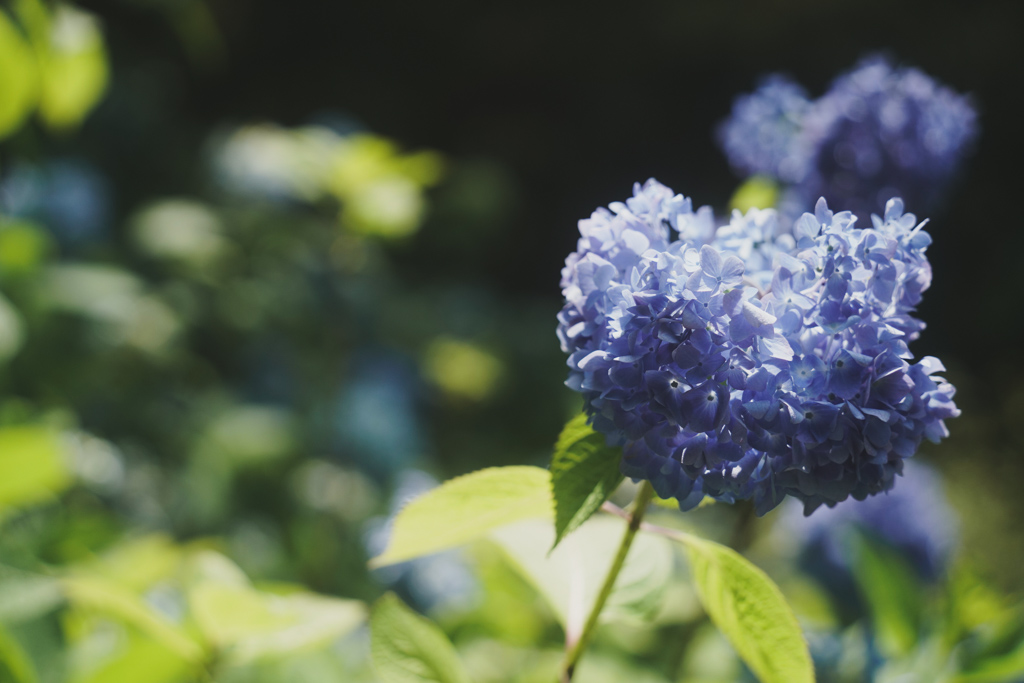
You can enjoy many hydrangeas before heading to the main hall.

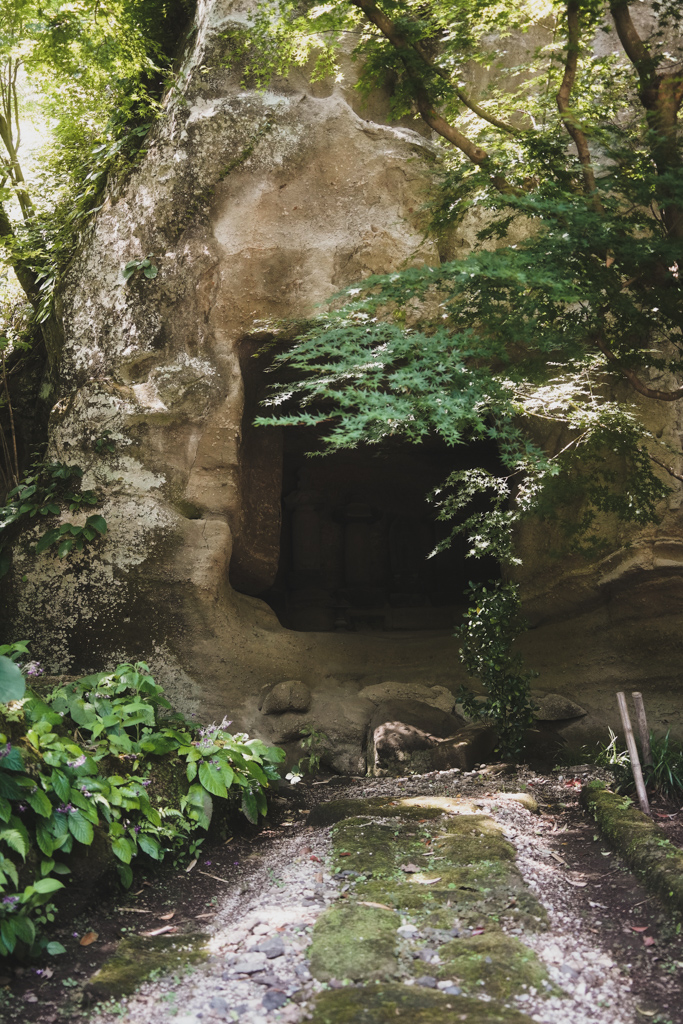
Yagura, which is said to be the tomb of Uesugi Norimasa, has statues of Shaka Nyorai and Prabhutaratna embossed on the wall.
In addition, the upper part of the platform is also called “Rakan-dong” because it has a relief that seems to be 16 Rakan.

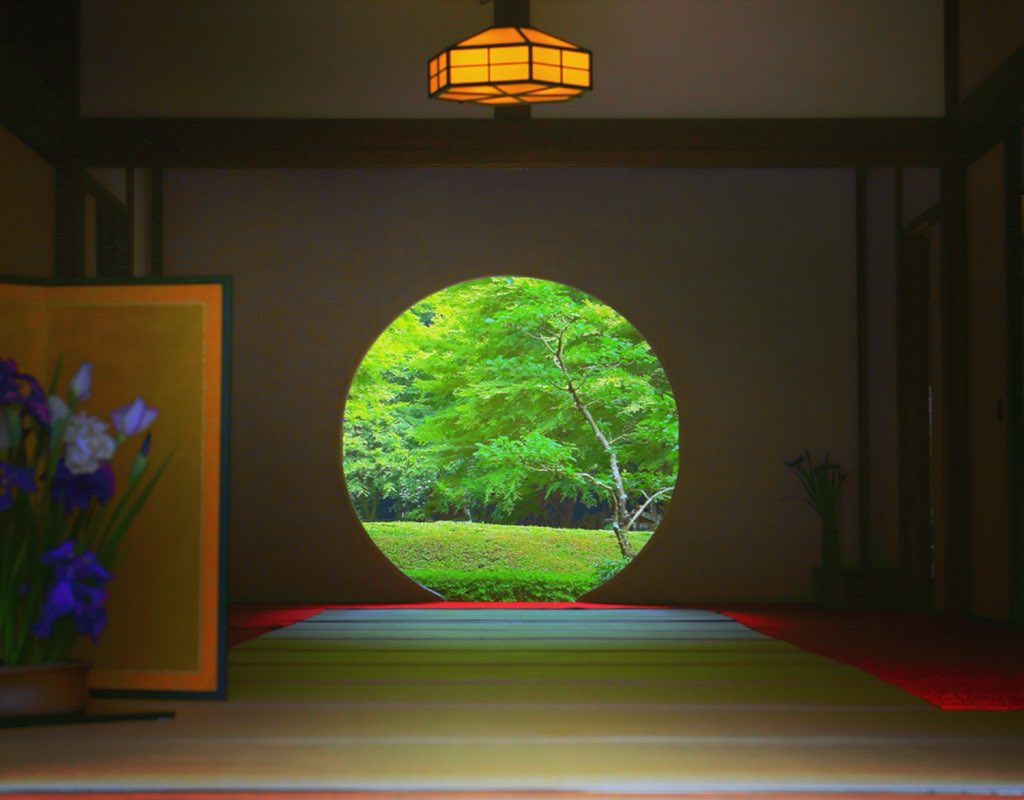
It is a popular round window where you can line up for shooting. The garden beyond the round window is open for a limited time. Also, the decoration in front of the window changes depending on the season.
Meigetsuin Information
| Address: | 189 Yamanouchi, Kamakura City, Kanagawa Prefecture |
|---|---|
| Admission fee: | High school students and above: 500 yen Elementary and junior high school students: 300 yen Persons with disabilities: Free (Handicapped person’s certificate) * Free for one attendant [Open to the garden after the main hall] Admission fee and 500 yen again |
| Admission time: | 9:00 to 16:00 (last reception 16:00, gate closing 16:30) * Open only on weekdays from June 1st to June 30th (closed all day on Saturdays and Sundays) |
| Access: | 10 minutes walk from JR Kita-Kamakura Station |

